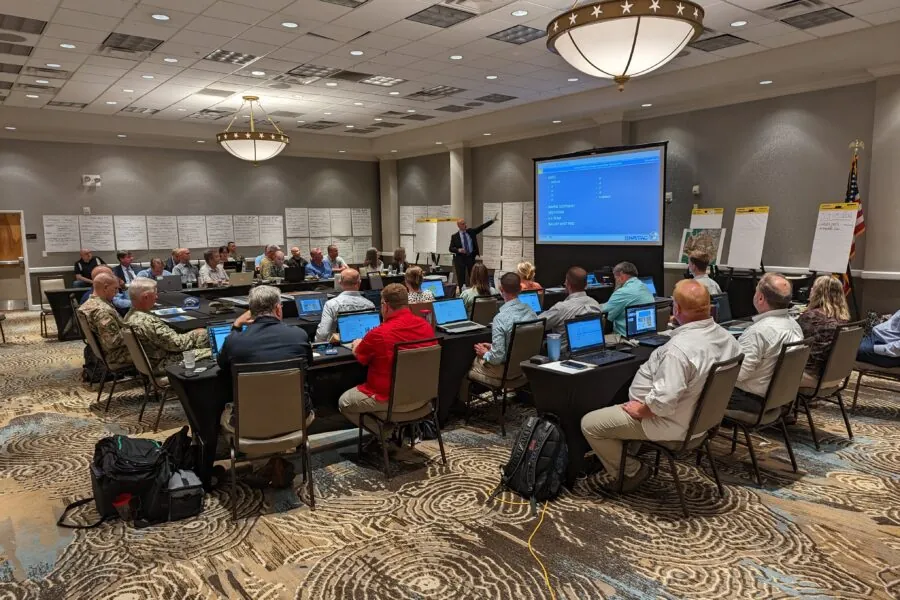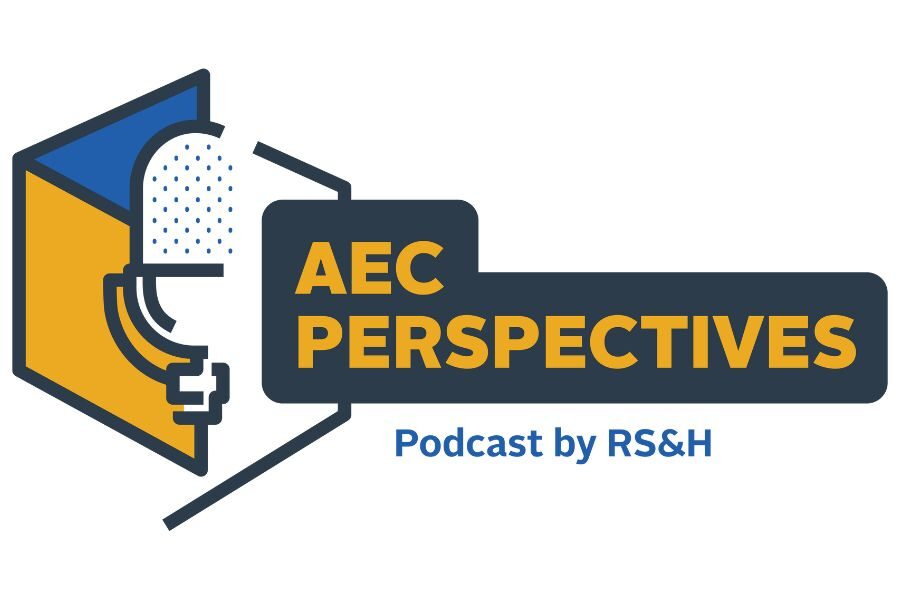SAME Capital Week Recap: Unprecedented Challenges and Opportunities

President Biden has stated that we are in the midst of a “decisive decade,” marked by geopolitical, environmental and economic shifts. These shifts were apparent throughout the FY2024 DOD & Federal Agency Programs Briefings at SAME Capital Week because they are drivers of a once-in-a-generation investment in facilities and infrastructure.
U.S Army Corps of Engineers (USACE) programs are approximately $91 billion dollars, double the size from five years ago; the Naval Facilities Engineering Systems Command (NAVFAC) program has increased to $6.4 billion in military construction alone, up from its usual $3 billion baseline; and the United States Department of Veterans Affairs is looking at about $18 billion in execution and planning.
While the challenges are complex, my key takeaways were simple: new ways of doing business and large-scale collaboration between industry and government will be required to resolve these historic tasks.
Geopolitical Threats
The Pacific Deterrence Initiative and the European Deterrence Initiative are top priorities in the 2022 National Defense Strategy. Fortifying our posture overseas comes with additional complexities from supply chains and manpower, which are compounded by distance and at times remote locations.
In reference to the Pacific, David Dentino, SES, Deputy Director of Civil Engineers, Deputy Chief of Staff for Logistics, Engineering and Force Protection, noted “A lot of these places that we’re going to, they’re small island chains in the middle of nowhere with very limited population, and a lot of that population doesn’t have large scale construction experience,” he said.
In response to the heightened workloads in Europe, the US government has reached an agreement with the German construction agency allowing the US firms to execute more project types through the direct process on a case-by-case basis. The USACE Europe District has also been saddled with the execution of the NATO Security Investment Program (NSIP). While this increases opportunities for American A/E firms abroad, it promulgates the talent war at home.
Environmental Resiliency
The Biden-Harris Administration continues to focus funding on climate change initiatives that help agencies transition to clean energy and combat climate change.
On March 2023, applications for grants to fund electric vehicle (EV) charging and alternative-fueling infrastructure opened. The U.S. Department of Transportation’s new Charging and Fueling Infrastructure (CFI) Discretionary Grant Program will provide $2.5 billion over five years to cities, counties, local governments and Tribes. In the same month, the $250 million Assisting Federal Facilities with Energy Conservation Technologies (AFFECT) program was announced. Funding for both comes from the Bipartisan Infrastructure Law.
Major General Richard Heitkamp, Deputy Chief of Engineers and the Deputy Commanding General of the USACE noted that we can’t build out of climate change. The USACE Research and Development Strategy designates mitigating and adapting to climate change as the number one priority. As such, the effort has quadrupled in recent years to accelerate the pace at which new technology can be deployed. David Dentino followed Gen. Heitkamp’s comments, noting that the Air Force is looking at the value of resiliency projects and technologies differently by factoring in the total value of what is being protected. The disaster responses at Tyndall Air Force Base after Hurricane Michael and Offit Air Force Base after the flooding are two where this new calculation has been applied.
Further funding has gone into the Energy Resilience Conservation Investment Program (ERCIP), which now has 95 projects, representing nearly $2.2 billion in funding. These projects are designed to provide energy resilience to critical electrical loads at an installation or joint base and implement energy and water conservation measures and renewable energy technologies. The program was initially scheduled to only consist of 5 to 15 projects.
Aging Facilities Infrastructure
Our installations’ aging facilities and infrastructure cause challenges for them to operate effectively. During the briefings, the US Air Force noted that approximately 30 percent of its infrastructure is 60 years old, and the department regularly carries about $20 billion in deferred maintenance.
Additionally, over 50 percent of the Veteran’s Administration facilities are over 50 years old. Aging infrastructure and facilities are more resource intensive, meaning that maintenance takes dollars away from health-related and other areas of veteran care. Similarly, on installations, the deferred maintenance is causing compounding challenges ranging from safety to worker morale to national security.
There is a sense of a double down on aging facilities and infrastructure with the requirements that come alongside the President’s ambitious climate and clean energy goals, such as building a national network of 500,000 public EV charging stations and reducing national greenhouse gas emissions by 50–52 percent by 2030. Many locations are not ready to handle the extra loads required to add EV charging and despite the push in funding, still are not funded at a level to execute all essential projects to meet the goals.
What’s Next
During the keynote opening session, Gen. Heitkamp noted “We’re going to have to change how we do business…and we’re going to be bold.” During the same dialogue, Bob Silver, Director, Military Construction Program Office at NAVFAC, shared that the agency will be getting comfortable with assuming more risk in contracts. He noted that “implementing more than we have in the past economic price adjustment clauses where we share the risk going forward.”
Many other innovative ideas were presented throughout the sessions, including refining the DHA’s design requirements to be closer to private industry to increase competition and modernization. During the Construction: A Contact Sport IGE summit, more collaborative and communicative industry days that bring together the right people were discussed. And the Department of State shared its shift in project funding to consider global drivers, such as population, urbanization, resources, change and technology.
How we come together to achieve these is yet to be written, however, from the national security and profit standpoints, there is no better time for AEC firms to enter the federal market. The way in which Government and industry partner to resolve these challenges will set the United States and the world’s course for decades to come.
To learn more about how RS&H is prepared to address these future challenges and how you can partner with RS&H, visit https://www.rsandh.com/solutions/federal/.




